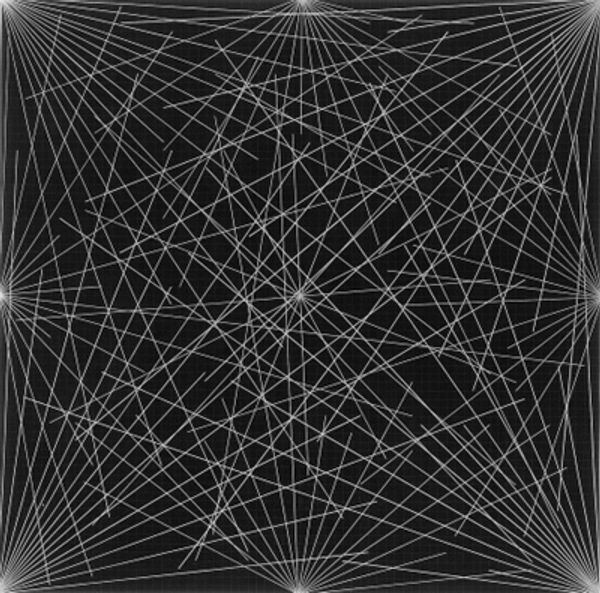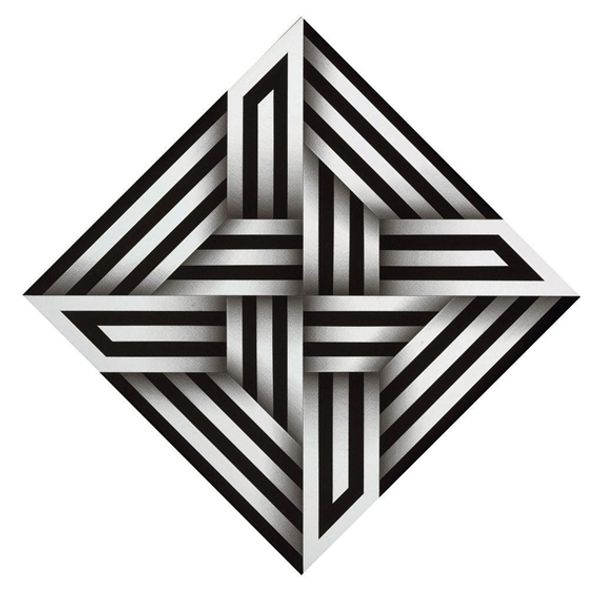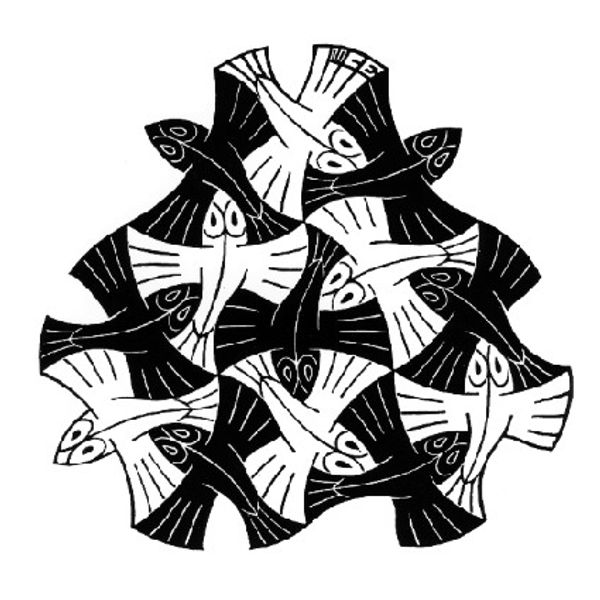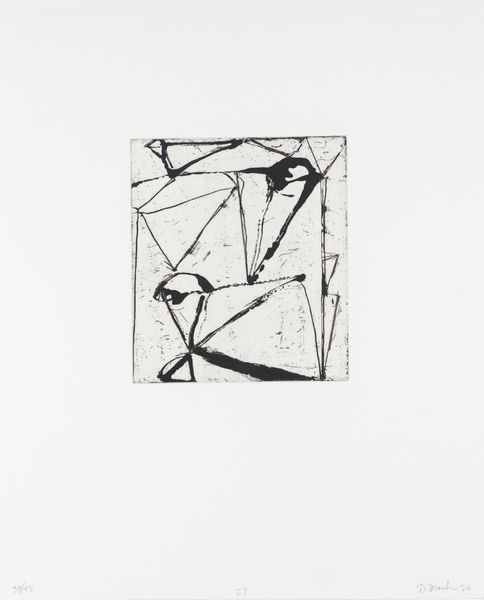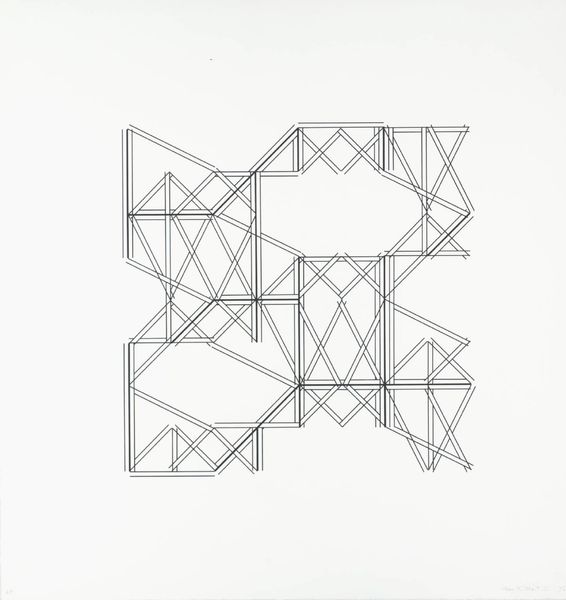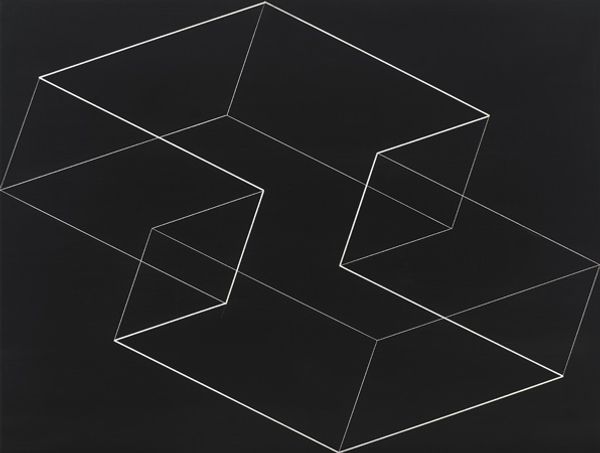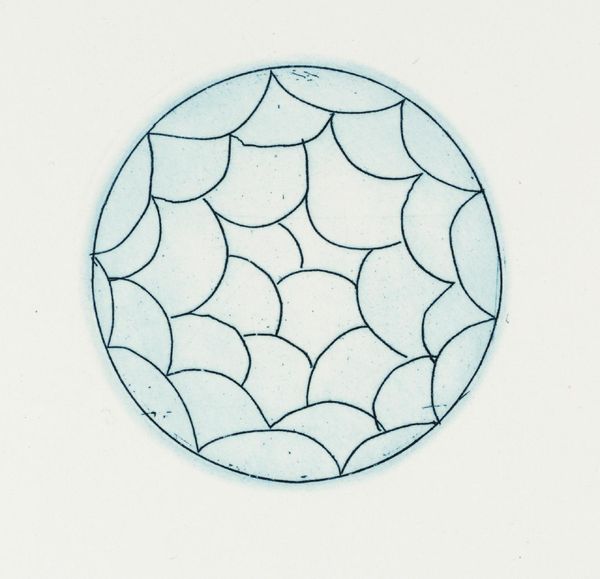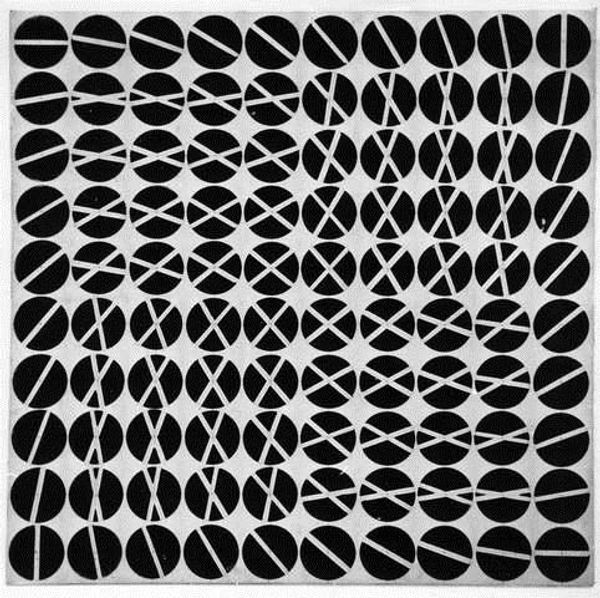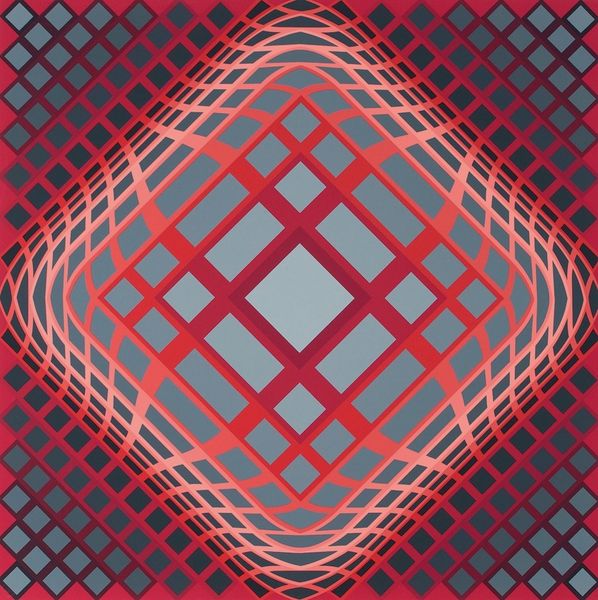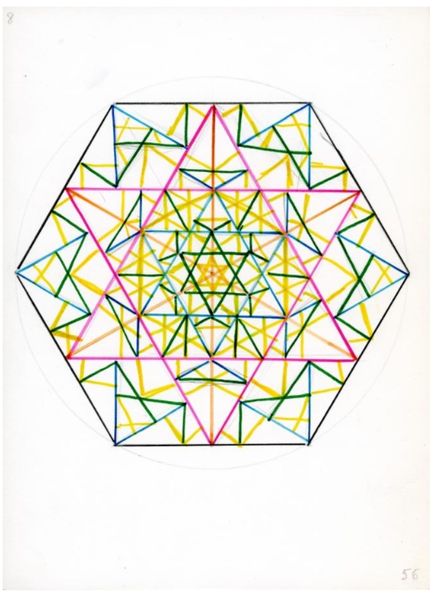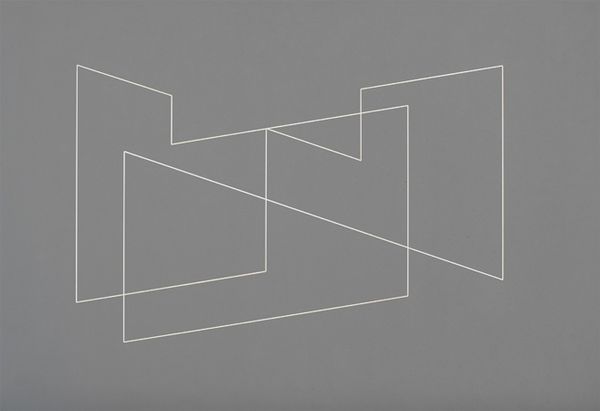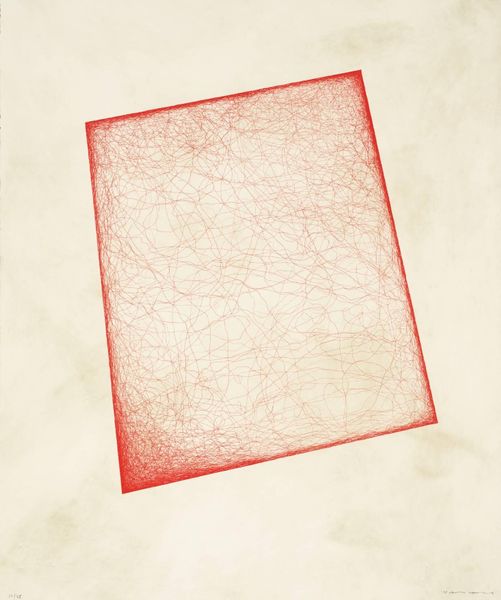
Dimensions: image: 208 x 143 mm support: 208 x 143 mm frame: 276 x 212 x 38 mm
Copyright: © David Shrigley | CC-BY-NC-ND 4.0 DEED, Photo: Tate
Curator: Here we have David Shrigley's "Untitled" drawing from the Tate collection. What's your initial reaction? Editor: It feels disarmingly simple, yet unsettling. A child-like drawing, perhaps? The crude lines and the seemingly nonsensical phrase "This kind of star is rare" lend a strange ambiguity. Curator: Shrigley’s work often functions in this way, disrupting conventional readings. His intentionally naive style becomes a powerful tool for social commentary, tapping into the anxieties of our time. The handwritten text, seemingly negated, then affirmed, makes me think about how we create and dismantle narratives. Editor: Absolutely. There's a performative aspect to this simplicity. He’s making a statement about the art world itself, perhaps questioning notions of skill, value, and rarity. It's a clever commentary on the inflated value we often ascribe to art objects. Curator: Yes, and it prompts us to reconsider what we deem 'rare' or important in contemporary society, both inside and outside the gallery space. Editor: It's been an interesting reflection on art's role in shaping our understanding of value and authenticity. Curator: Indeed, a deceptively simple artwork with surprising depth.
Comments
Join the conversation
Join millions of artists and users on Artera today and experience the ultimate creative platform.
tate 6 months ago
⋮
This untitled drawing combines image and text. The image appears childishly simple but, as in a cartoon, this belies an underlying complexity. In the centre of the page, a line drawing of a star with an uneven crystalline structure hovers above the words ‘this kind of star is rare’. The eight-pointed star is based on a badly-drawn octagon; the lines are not all straight, so that the uppermost point is rounded rather than sharply tipped, and the perspective is skewed. Similarly the text beneath it lies above two crossed out words, as though the author changed his mind about what he wanted to say. The text appears to have the purpose of identifying the image and is serious in tone. (Despite the ridiculous nature of the subject, the words are of course true – in the sense that that kind of star only exists in that particular image.) But the uneven execution of the drawing and the scruffy writing posit the work rather as the comic product of an eccentric individual engaged in some kind obsessive private activity. Shrigley has explained: ‘As an artist, I am ... playing a part. The narrator in my work is somebody other than me. It’s some crazed person who either over- or undermoralizes everything.’ (Quoted in Muntendorf, p.17.) He has also commented:
